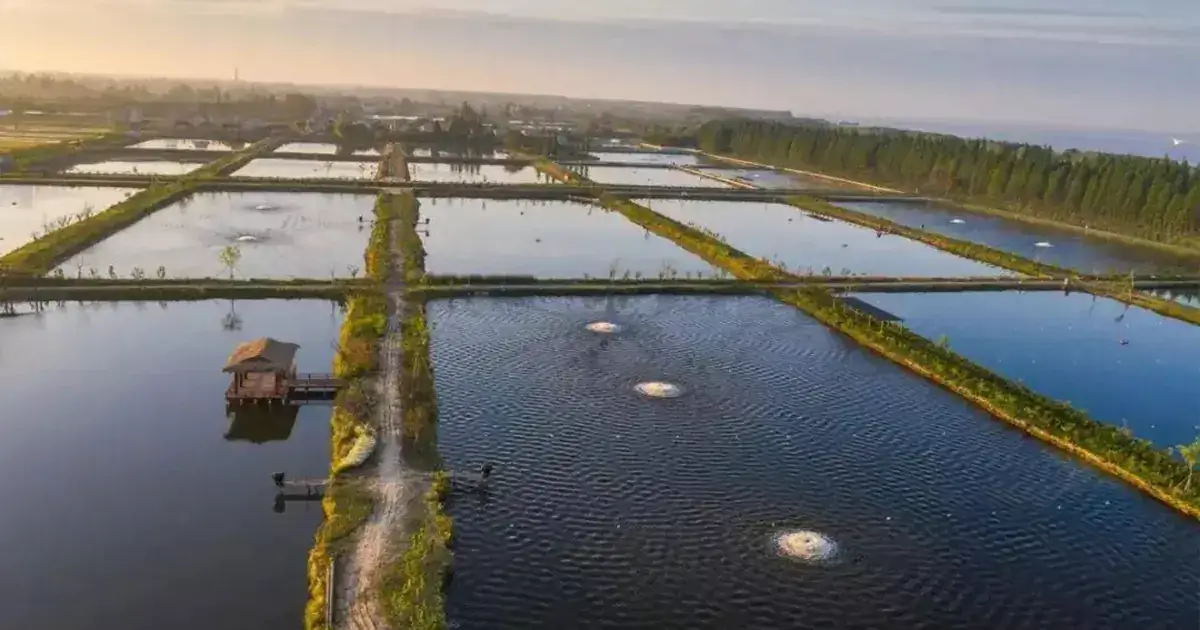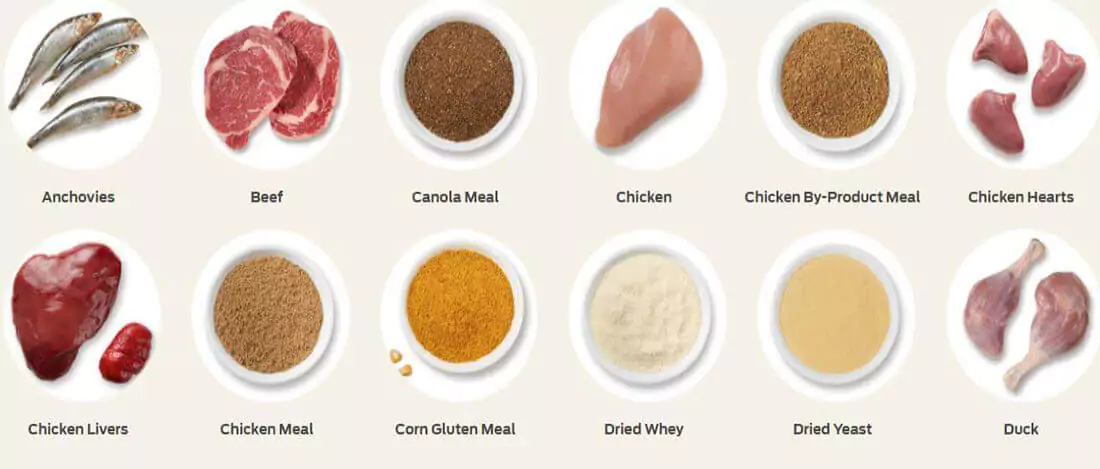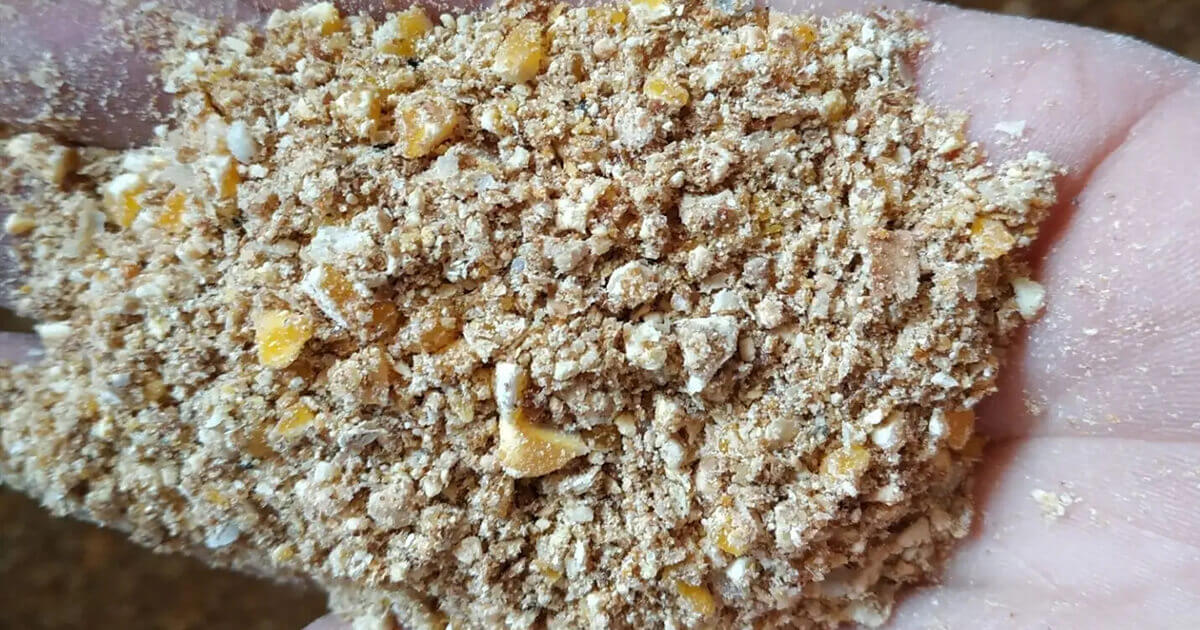Introduction of Catfish Feed Formulation
As a catfish farmer, you know that fast growth and healthy catfish are the keys to a profitable business. The secret to achieving this lies in one thing: a high-quality feed made with the right ingredients. This guide breaks down the essential ingredients used in modern catfish feed formulation.
We’ll look at the building blocks of a great catfish recipe, from the main protein and energy sources to the vital extras that help your fish thrive. Understanding these components will help you make smarter choices, whether you’re buying commercial feed or planning to make your own catfish feed.
The Foundation of Catfish Growth: Protein Sources
Protein is the number one “building block” for your catfish. They need a high level of quality protein to build muscle and grow quickly. This is often the most important—and the most expensive—part of their diet.
Animal-Based Proteins (High Quality & Very Effective):
These proteins are often very easy for catfish to digest. Good examples include Fish Meal (often considered the gold standard for its excellent amino acid profile), Poultry By-product Meal, and Blood Meal.
Plant-Based Proteins (The Cost-Effective Workhorses):
Most of the protein in commercial catfish feed comes from plants. Common and effective examples are Soybean Meal (the most common plant protein in aquafeed), Cottonseed Meal (it’s important to use low-gossypol varieties to ensure it’s safe for fish), Sunflower Meal, and Peanut Meal.

5 Must-Have Ingredients for Catfish Feed
1. Fish Meal – The Protein Powerhouse
Role: Builds muscles (60% pure protein!)
Pro tip: USDA says “Use 25-35% fish meal for fastest growth.”
2. Soybean Meal – Budget-Friendly Muscle Fuel
Role: Cheaper protein (45% protein)
Farm hack: Texas A&M study found “Soybean meal cuts costs 20% vs. all-fish diets.”
3. Corn Meal – Energy Booster
Role: Carbs for swimming & staying warm
Warning: Don’t use more than 25% – turns water cloudy!
4. Wheat Bran – Tummy Helper
Role: Fiber for healthy digestion
Fun fact: Catfish poop better with 10% wheat bran!
5. Fish Oil – Skin & Scale Savior
Role: Makes skin slimy (good slime!) and scales shiny
Best practice: Add 4-5% – smells fishy but fish love it!
The Fuel for Your Fish: Energy Sources (Carbohydrates & Fats)
While protein builds the fish’s body, energy sources are the “fuel” that powers them. This fuel is needed for swimming, digestion, and all other daily activities that lead to growth.
Common Grains & Carbohydrates:
The main energy sources in most feeds come from grains. Common examples include Corn (Maize) Meal, Wheat Middlings, Rice Bran, and Sorghum. These ingredients must be finely ground for catfish to digest them properly.
Fats and Oils (Concentrated Energy):
Fats and oils provide a dense source of energy. They also provide essential fatty acids, which are important for the fish’s health. Good sources include Fish Oil (very beneficial for catfish), Soybean Oil, and Poultry Fat.

The “Extras” That Matter: Vitamins, Minerals, and Additives
These are the micro ingredients for catfish feed. They are needed in very small amounts, but they are absolutely critical for your catfish’s health, immune system, and for preventing diseases.
The Vitamin & Mineral Premix (A Must-Have Ingredient):
“This is a balanced, pre-blended mix. It contains all the essential vitamins (like Vitamin C, D, and E) and minerals (like Phosphorus and Zinc) that catfish need. It’s the safest and easiest way to ensure your feed is nutritionally complete.”
Binders (To Keep Pellets Together):
These ingredients are needed to make sure the feed pellets are strong and stable in the water. They help prevent the pellets from falling apart too quickly. Examples include Wheat Gluten, Cassava Starch, and Bentonite Clay.
Other Potential Additives:
Some feeds include other additives for specific benefits. These might be Attractants (like fish solubles or krill meal, to make the feed tastier), Probiotics (good bacteria for gut health), or Antioxidants (to keep the feed fresh).
Putting it Together: A Sample Catfish Feed Formula Concept
The exact percentages of each ingredient will depend on the age of your catfish (fry, fingerling, or grower). However, here is a general concept for a grower feed to show how the parts combine.
- Example Grower Formula (e.g., targeting ~32% Protein):
- Protein Sources (e.g., a mix of Soybean Meal and Fish Meal): about 40-50% of the total recipe.
- Energy Sources (e.g., Corn Meal and Rice Bran): about 30-40% of the total recipe.
- Fats/Oils: about 5-8%
- Vitamin & Mineral Premix: about 2-3% (or as directed by the manufacturer).
- Binder & Other Additives: about 1-2%.
Important Disclaimer: “This is just an example to show how the parts fit together. You should always use a scientifically formulated recipe from an aquaculture nutritionist or a trusted source for your specific needs.”

Catfish Feed Formulation Ingredients
| Ingredients | Floating (%) | Sinking (%) |
|---|---|---|
| Fish Meal | 28 | 30 |
| Soybean Meal | 25 | 20 |
| Corn Meal | 20 | 25 |
| Wheat Middlings | 10 | – |
| Wheat Bran | – | 10 |
| Rice Bran | 5 | 5 |
| Fish Oil | 4 | 5 |
| Vitamin & Mineral Premix | 5 | 4 |
| Lecithin | 2 | – |
| Feed Binder | 1 | – |
| Dicalcium Phosphate | – | 1 |
Catfish Feeding Schedule (By Age)
| Age | Feed Type | Protein | How Often |
|---|---|---|---|
| Baby (Fry) | Floating | 40-45% | 5x/day |
| Teen (Juvenile) | Both | 35-40% | 3x/day |
| Adult | Sinking | 28-32% | 2x/day |
Golden rule: Feed what they eat in 5 minutes! Leftovers pollute water.
FAQ
1. What is the most important ingredient in catfish feed?
A: Protein. Catfish have high protein requirements to build muscle and grow quickly. For this reason, high-quality protein sources like fish meal and soybean meal are generally considered the most critical (and often most expensive) components of a good catfish feed formula.
2. Can I make catfish feed without using any fish meal?
A: Yes, you can. While fish meal is an excellent catfish feed formulation ingredients because of its quality protein, it can be expensive and its supply can be limited. Many modern catfish feed formulas successfully replace some or all of the fish meal with high-quality plant proteins, like soybean meal. These are often supplemented with specific amino acids (like lysine) to ensure the feed is still perfectly balanced.
3. What is gossypol in cottonseed meal and why is it a concern?
A: Gossypol is a natural compound found in cottonseeds. At high levels, this compound can be toxic to some animals, including many species of fish. If you plan to use cottonseed meal in your fish feed, it is very important to use a variety that has been processed to have very low gossypol levels to ensure it is safe for your catfish.
4. Do floating and sinking catfish feeds use different ingredients?
A: The core nutritional catfish feed formulation ingredients (protein, energy, vitamins) are often the same. The main difference is usually in the manufacturing process (extrusion for floating vs. pelleting for sinking). Sometimes, the amount of starch or the specific binders used in the formula might be adjusted. This helps the final pellet float or sink better.
5. What are some cheap, local ingredients I can consider for my catfish feed?
A: This will depend on where your farm is located. However, the cheapest ingredients are often local agricultural by-products. This could include things like rice bran (if you’re in a rice-growing area), wheat middlings, or the “cakes” left over after oil is pressed from local seeds, such as sunflower cake or cottonseed cake. Using what is locally abundant is a key strategy for lowering feed costs.
Conclusion
A high-quality catfish feed is a careful blend of different ingredients. It includes protein sources for growth, energy sources for fuel, and essential vitamin and mineral ingredients for health.
Understanding these key raw materials is the first and most important step for any farmer. It helps you ensure fast growth and run a healthy, profitable catfish farm.
